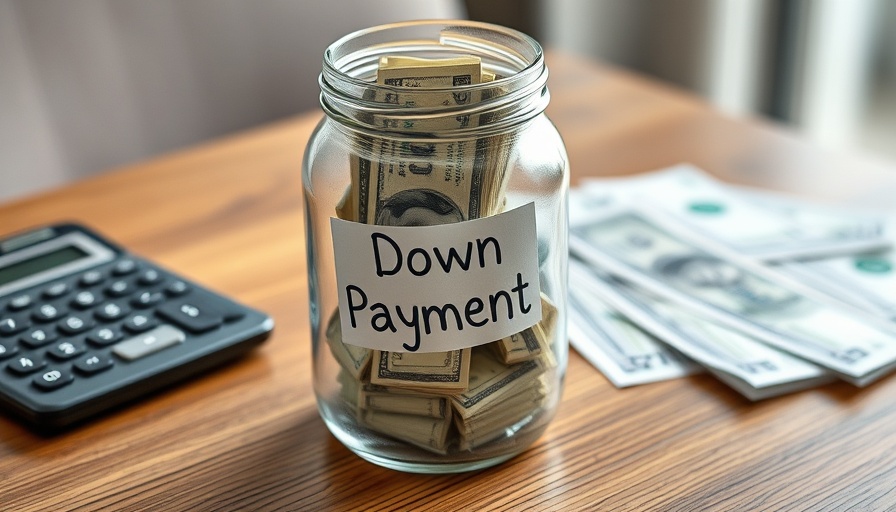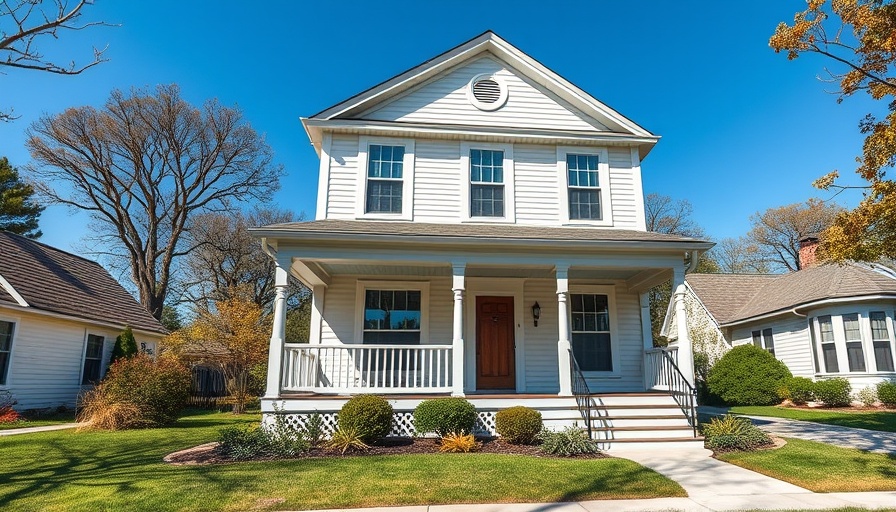
Responding to Tragedy: Community Support in Kentucky
The recent floods in Kentucky have left a devastating impact, affecting over 40 counties and resulting in at least 22 lives lost. As many in the home improvement industry, as well as small business owners and C-level executives, know, disasters like these require a robust community response.
Finding Shelter: Your Options
If you’ve found yourself displaced by the flooding, the first option is to stay with family or friends. Not only does this provide emotional support, but it gives you time to plan your next steps without the added stress of navigating longer-term housing solutions. However, for those needing immediate assistance, several emergency shelters have been established across Eastern Kentucky, including schools and community centers. These places not only offer shelter but also provide vital resources to help residents begin the recovery process.
Financial Assistance: Your Safety Net
Financial aid is critical during recovery from floods. The Governor’s office has laid out a series of financial assistance options, such as SNAP for food and USDA loans for housing repairs. This kind of support can prove extremely beneficial for business owners who may also face revenue losses due to damaged properties. Understanding the full range of financial help available allows individuals and businesses to stabilize their situation more effectively.
Assistance Programs: Key Resources
Organizations like the Red Cross and local community shelters are actively providing support and aid. The immediate needs of flood victims range widely from supplies to mental health services, highlighting the importance of such comprehensive assistance. Various organizations and state-provided resources have detailed guidance on how to claim insurance for those affected. Keeping meticulous records during this time can greatly ease the claim process and aid in recovery.
Preventing Scams: Stay Informed
In times of crisis, it’s unfortunately common to encounter scams. It’s essential to remain vigilant and aware of potential fraud targeting flood victims. Both FEMA and local organizations provide information that can protect individuals from scams. This information is vital for those navigating the aftermath of a disaster, ensuring that recovery efforts aren’t derailed by opportunistic fraud.
As we come together to support our neighbors in Kentucky, remember that every action counts. If you’re in a position to help, consider donating to relief funds or volunteer your time to assist with recovery. For businesses, exploring partnerships with local organizations can lay the groundwork for community engagement long after the immediate needs have been met.
 Add Row
Add Row  Add
Add 




Write A Comment